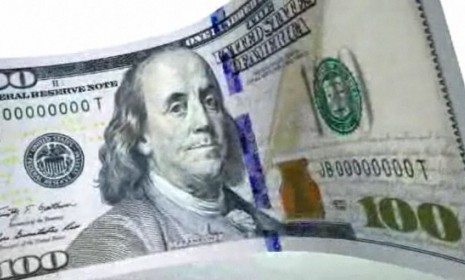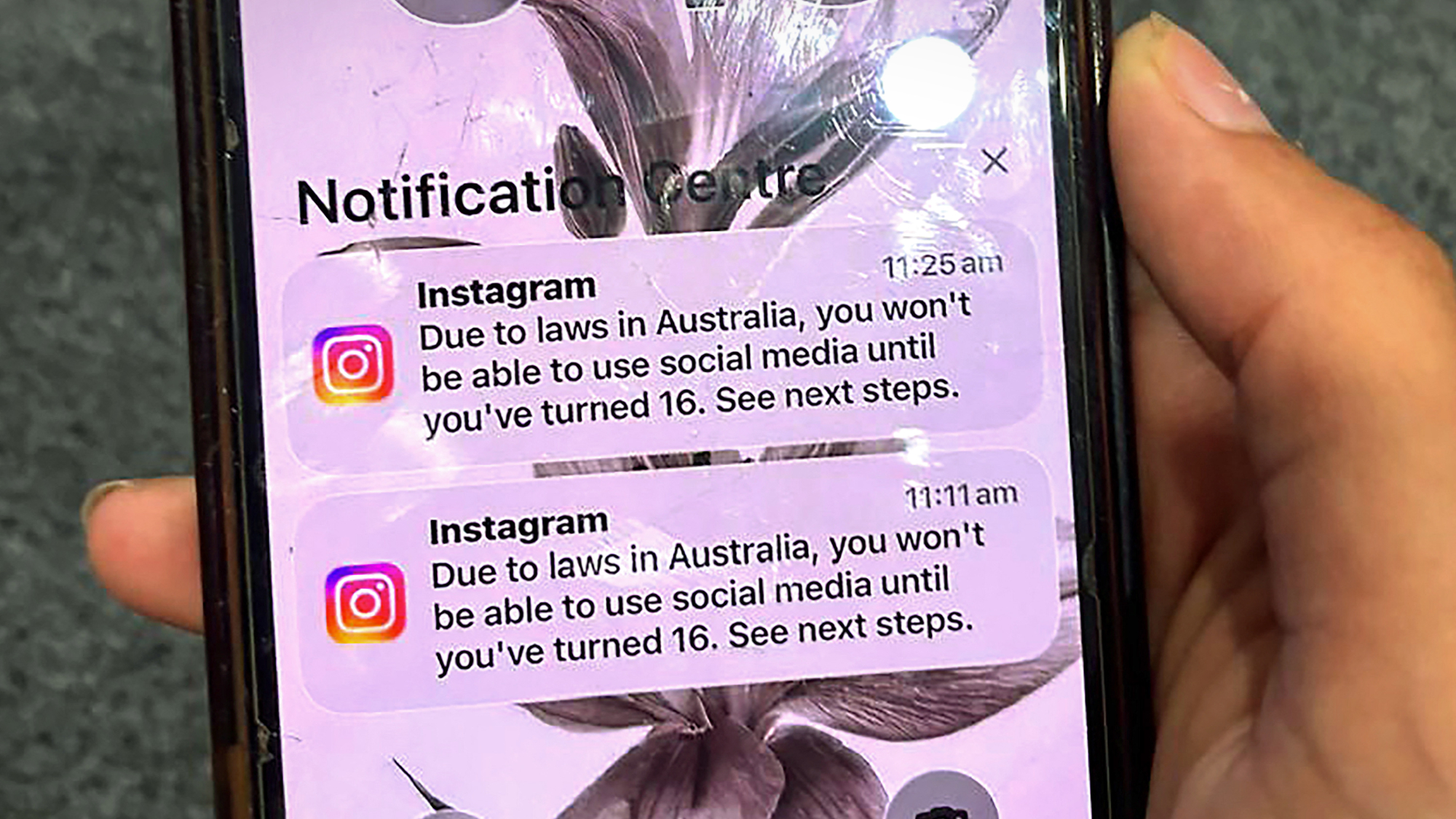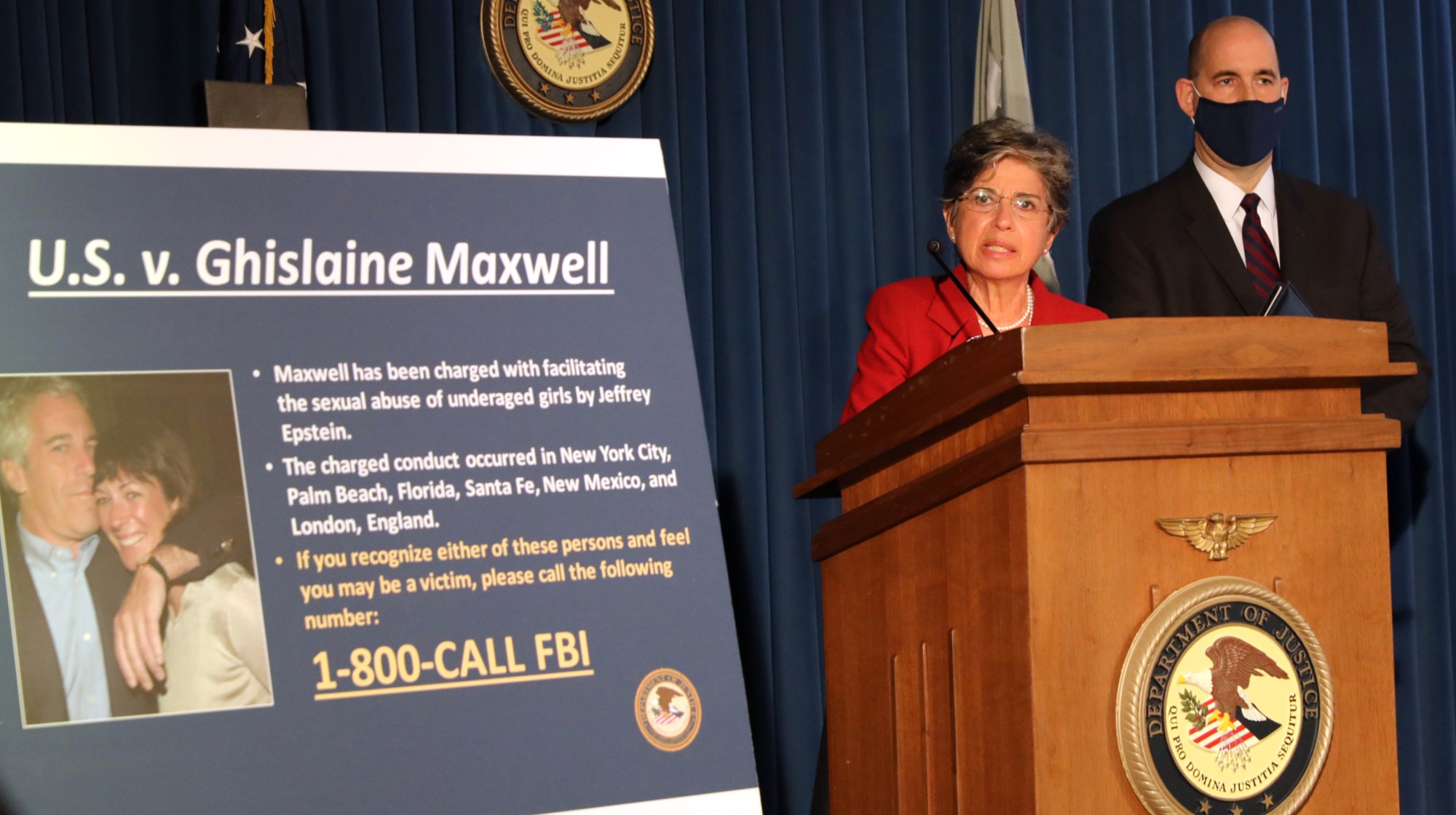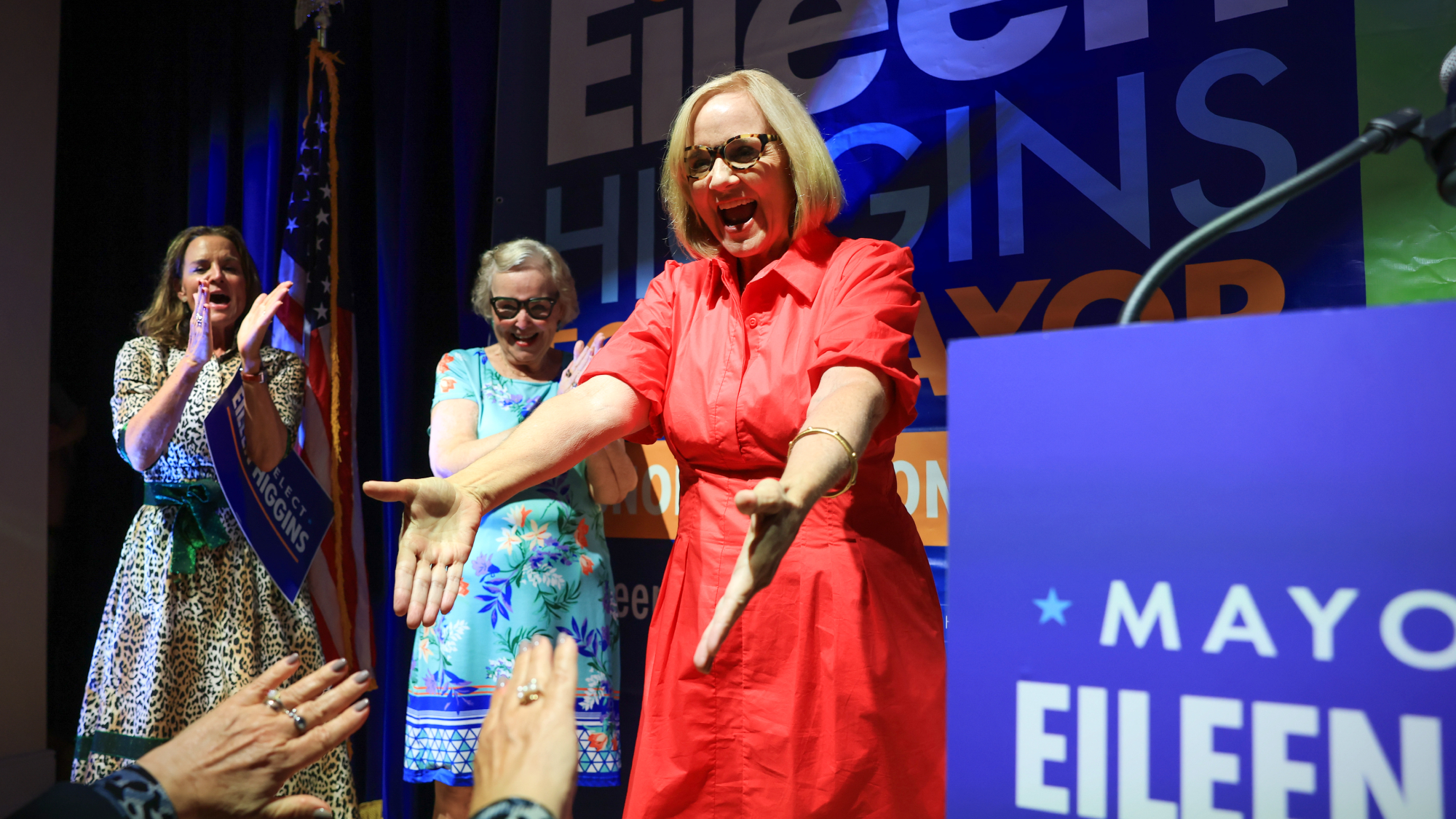$100 bill redesign: By the numbers
Each new C-note costs only 12 cents to print, but will pose big hassles for counterfeiters — including the kingpin of ersatz currency, Kim Jong Il

The elaborately redesigned $100 bill won't hit the streets until February 2011, but it's already got people talking, both here and abroad. As the most-widely circulated bill in the world, the Benjamin is also the most counterfeited — thus the colorful and technically complex new bells and whistles. Here are some numerical facts and figures about the C-note:
11.8
The cost, in cents, to make each new $100 bill, up from 8 cents currently
The Week
Escape your echo chamber. Get the facts behind the news, plus analysis from multiple perspectives.

Sign up for The Week's Free Newsletters
From our morning news briefing to a weekly Good News Newsletter, get the best of The Week delivered directly to your inbox.
From our morning news briefing to a weekly Good News Newsletter, get the best of The Week delivered directly to your inbox.
650,000
Number of light-shifting "micro lenses" in the new 3-D security thread on each bill
$46 million
Estimated value of the government's contract with Crane & Co., the Mass. company that makes the threads
A free daily email with the biggest news stories of the day – and the best features from TheWeek.com
89
Life span, in months, of the typical $100 bill
1996
The year of the $100 bill's last redesign
1862
The year of the first $100 bill issued by the U.S. government
1914
The year Benjamin Franklin first appeared on the $100 bill
1:10,000
Ratio of counterfeit to legitimate U.S. currency notes in circulation, according a 2006 U.S. Treasury report
1:3
Ratio of counterfeit to legitimate U.S. currency notes in circulation during the Civil War
$45 million
The amount of counterfeit $100 bills, or "supernotes," made by North Korea, according to a 2009 Congressional Research Service report
$200,000
The amount of counterfeit cash passed in New York City each week, according to one expert
6.5 billion
Number of $100 bills in circulation
66
Estimated percentage of C-notes circulating outside U.S. borders
25
Number of languages the Treasury is using to spread information about the new bills
$31.4 billion
Increase in the volume of $100 bills in circulation in 2009
4:10
The time on Independence Hall's clock on the back of the $100 bill
Sources: CNN, New York Times (2), Helium, Wall St. Journal (2), U.S. Bureau of Engraving and Printing, CBS MoneyWatch, NewMoney.gov, Treasury Department, AP
-
 Australia’s teen social media ban takes effect
Australia’s teen social media ban takes effectSpeed Read Kids under age 16 are now barred from platforms including YouTube, TikTok, Instagram, Facebook, Snapchat and Reddit
-
 Judge orders release of Ghislaine Maxwell records
Judge orders release of Ghislaine Maxwell recordsSpeed Read The grand jury records from the 2019 prosecution of convicted sex offender Jeffrey Epstein will be made public
-
 Miami elects first Democratic mayor in 28 years
Miami elects first Democratic mayor in 28 yearsSpeed Read Eileen Higgins, Miami’s first woman mayor, focused on affordability and Trump’s immigration crackdown in her campaign